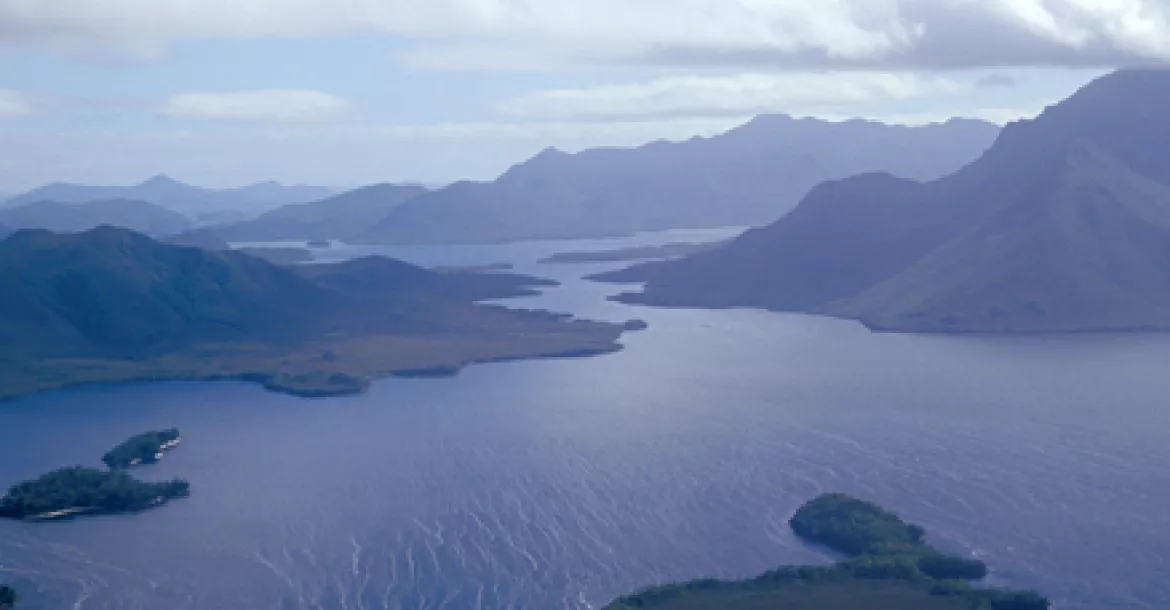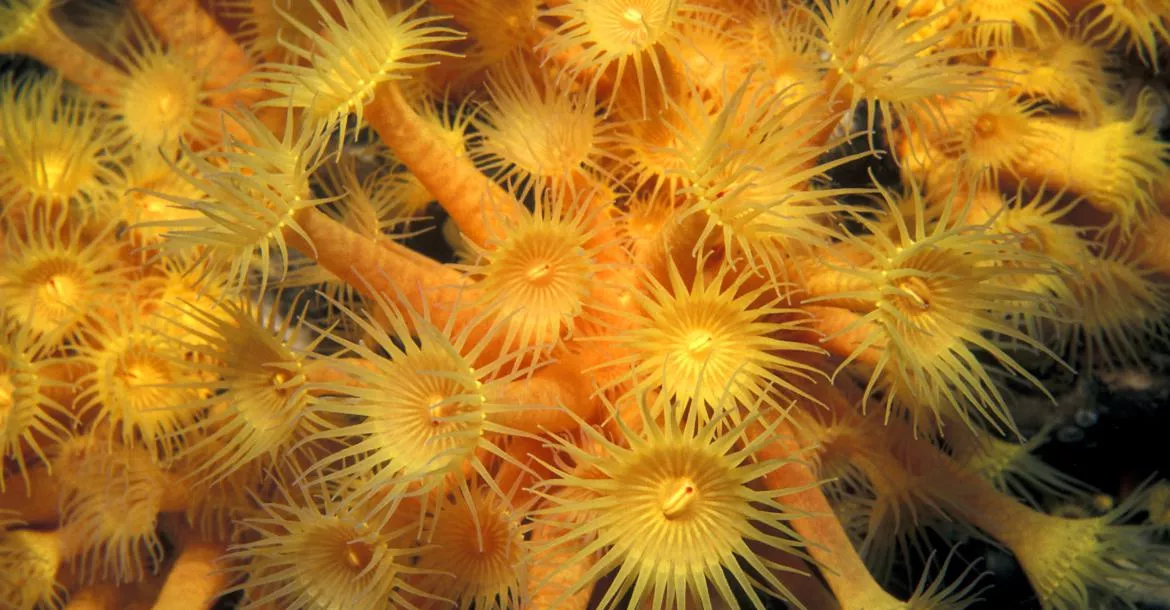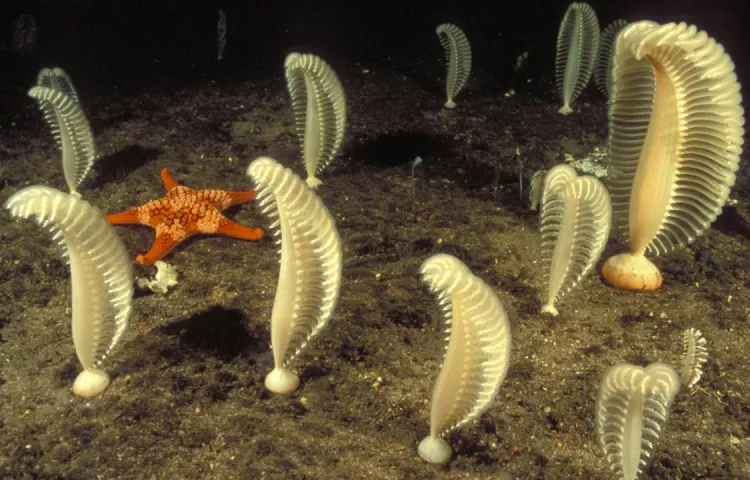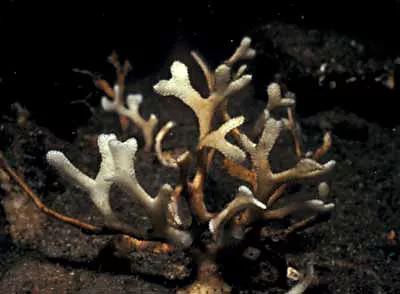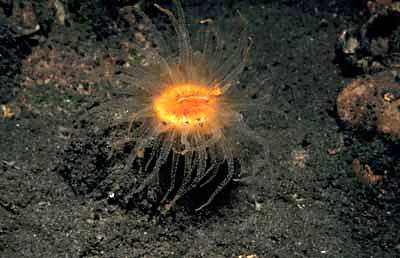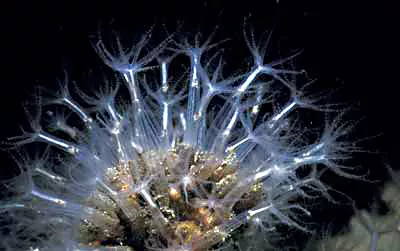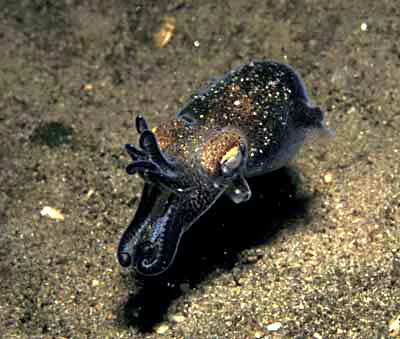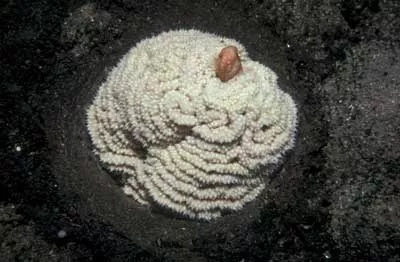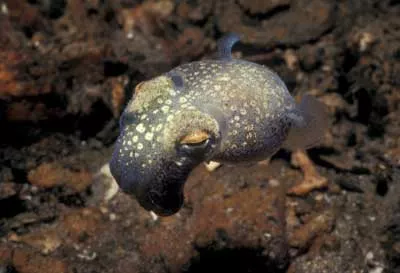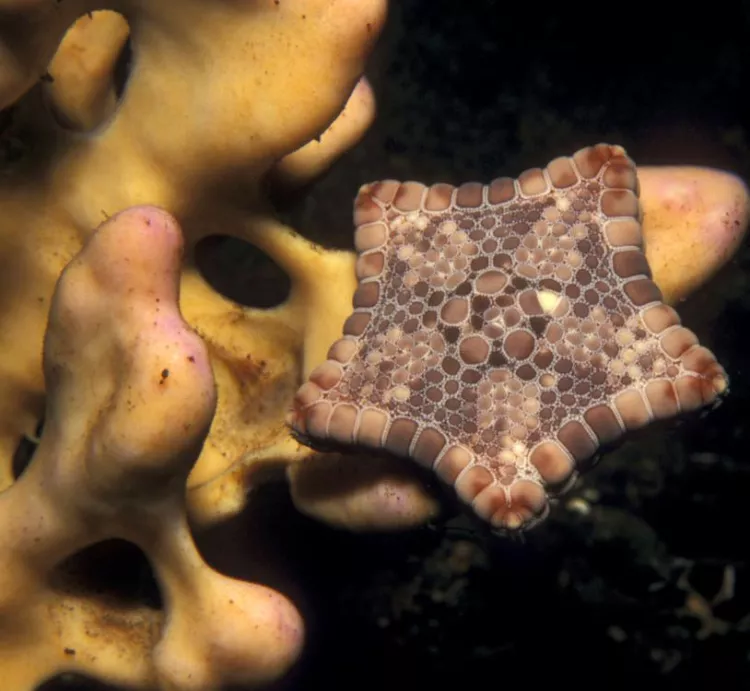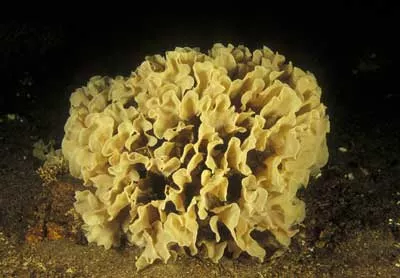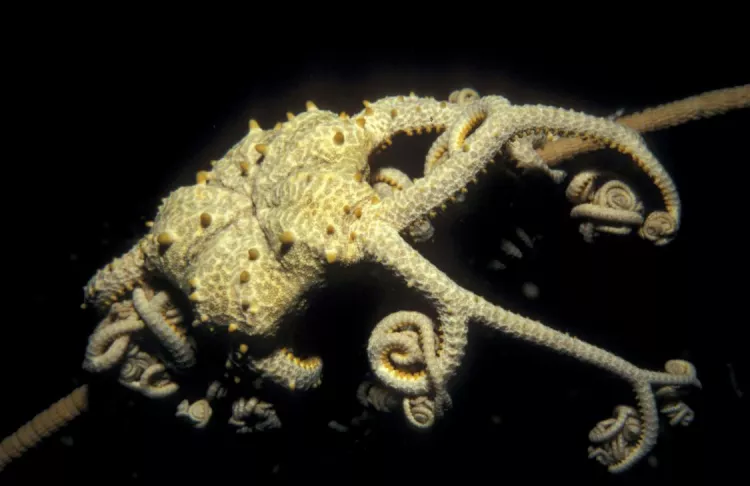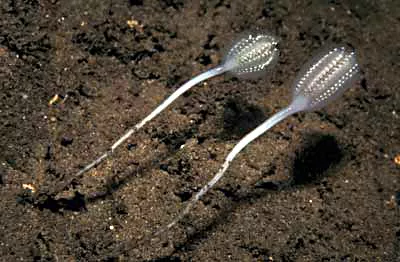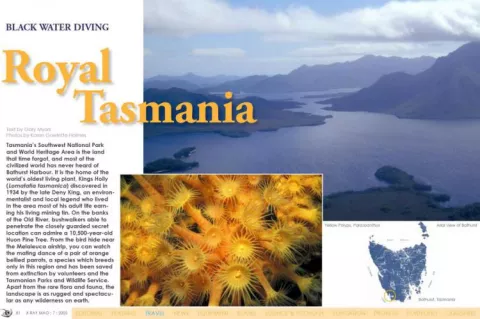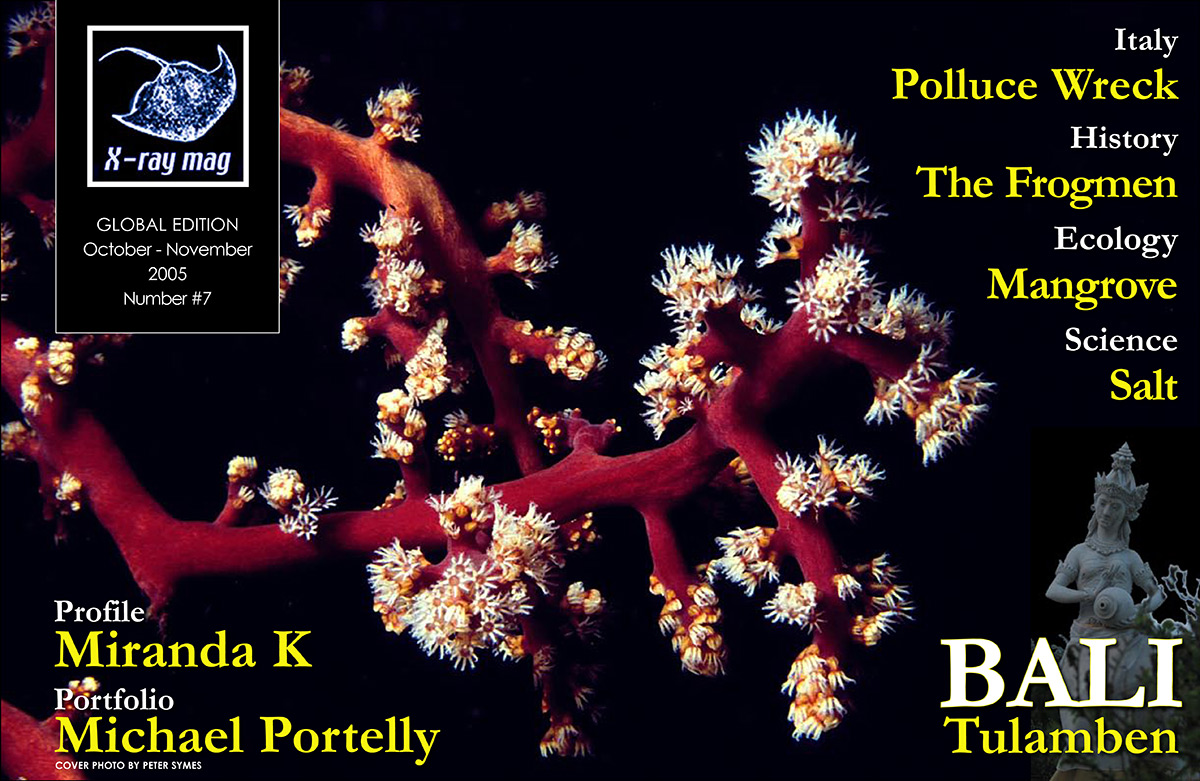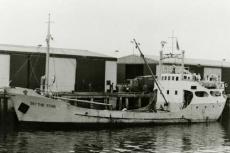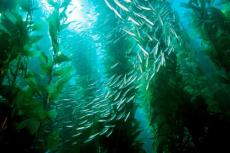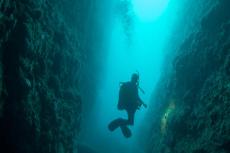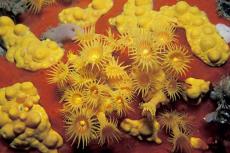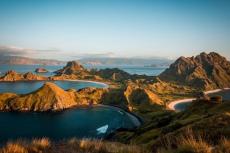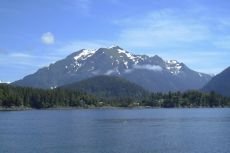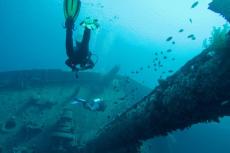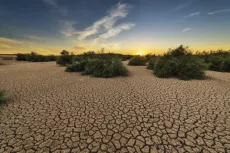Tasmania’s Southwest National Park and World Heritage Area is the land that time forgot, and most of the civilized world has never heard of Bathurst Harbour. It is the home of the world’s oldest living plant, Kings Holly (Lomatatia tasmanica) discovered in 1934 by the late Deny King, an environmentalist and local legend who lived in the area most of his adult life earning his living mining tin.
On the banks of the Old River, bushwalkers able to penetrate the closely guarded secret location can admire a 10,500-year-old Huon Pine Tree. From the bird hide near the Melaleuca airstrip, you can watch the mating dance of a pair of orange bellied parrots, a species which breeds only in this region and has been saved from extinction by volunteers and the Tasmanian Parks and Wildlife Service. Apart from the rare flora and fauna, the landscape is as rugged and spectacular as any wilderness on earth.
Contributed by
The Territory
Port Davey and Bathurst Harbour makes up a large and ecologically significant part of the Tasmanian World Heritage Area. The TWHA covers 20 percent of the Island State and encompasses a greater breadth of natural and cultural values than any other World Heritage Area on Earth, according to the Tasmanian Department Primary Industries Water and the Environment (DPIWE).
The waterways were formed as the sea level rose after the last ice age flooding the river valleys with seawater, and the huge volume of black, tannin-stained freshwater flowing from the numerous rivers forming a dark freshwater layer over the top of the seawater. The freshwater layer, usually 2-6m thick, is so dark from the tannin that little light penetrates it.
Below the tannin layer, the seawater is very clear but dark even on the sunniest of days, the light levels are so low that you cannot see without dive torches. This gives rise to a rare phenomenon called “deep water emergence”, where species usually found in deepwater (100m +) are found in much shallower water due to the low light levels.
In the Bathurst Channel, this phenomenon is enhanced due to Breaksea Island in the mouth of the Channel sheltering the Channel from wave action, so that the seafloor in the Channel is not only dark, it is also relatively calm—mimicking conditions on the “shelf-break”, the edge of the continental shelf and upper slope in depths of 80-200m, and the marine life we find living in the Bathurst Channel is typical “shelf-break” species.
The Bathurst Channel/Harbour area is unique in a world context, a place where the unique southern Australian shelf-break species can be seen and studied in safe diving depths.
The first expedition
On our first expedition in 2002 for a smaller Japanese television company, we spent ten days diving and filming in almost perfect conditions. All equipment and personal were flown into the remote Melaleuca airstrip. Seven Cessna flights transported the team of eight Japanese, two Eaglehawk Dive Centre staff and the two Southern Explorer crew.
It was a logistical drudge with the weather playing a significant part in delaying our departure from Hobart for the best part of two days. Flying conditions can change within minutes of locating the isolated airstrip adding unnecessary cost by returning to Hobart.
This expedition was different from many points of view: bigger budget, smaller crew, and most importantly, departing Hobart aboard the vessel we were to use for the duration of the stay in Bathurst Harbour.
The abalone mother ship ODALISQUE was our chosen live aboard. She is a modern 18-metre aluminum vessel able to accommodate 12 passengers and crew in comfort, a large back deck with cradles for 15ft and 17ft aluminum dinghies, and two holds that kept our equipment and extra provisions below deck out of the weather.
The expected duration of twenty days in the wilderness required extensive and careful planning. To cater for five Japanese, two marine biologists, myself as dive guide and the ODALISQUE’s crew of three (skipper, deckhand and cook) in a remote region that can only be reached by sea or light aircraft and is subject to extremes in weather, we had to be very well organized. We even took a washing machine.
While the Japanese were over-equipped not knowing the isolation of the location, we managed to find a place to stow everything and to sail from Hobart at the appointed time. We had advised the film crew that we might have to wait in Recherché Bay if the weather on the south coast was as bad as forecasted by the Bureau of Meteorology. It was a little lumpy rounding Whale Head, but the vessel handled it well, and only a couple of the film crew took to their bunks.
We made a brief stop at Maatsuyker Island to film the huge colony of between 1000-1500 Australian fur seals at The Needles on the south side of the majestic rock that is home to a couple of volunteers who look after the heritage-listed light house and buildings.
The whole expedition nearly finished on that first day when Tomita, the cameraman, nearly drowned his digital beta-cam camera while traveling at dangerous speed in the dinghy in pursuit of a shot. Despite the conditions, Tom still managed to shoot some useable footage before the journey westward continued.
After a journey of about eight-hours from Hobart that included the stop at Maatsuyker Island, we entered beautiful Spain Bay near the entrance to the Bathurst Channel an hour before sunset and anchored for the night. Our chef, Johnno, knocked up a first class meal, and we were in bed reasonably early expectating an early start and a busy first day in Bathurst Harbour.
Karen Gowlett-Holmes, one of Eaglehawk Dive Centre’s marine biologists, and I were acting as guides for this expedition. Karen had done a number of scientific research field trips to the area with CSIRO prior to our last filming expedition the previous year. I had worked in the area on several occasions during my ten years as an abalone diver. So, we were well acquainted with the difficulties of extended diving in such a remote location.
The Bathurst Channel
The Bathurst Channel has several heavily wooded islands that offer shallow water diving in beds of sea whips as shallow as 4m depth—these are usually at least 35m deep. We had a surprise when we entered the water—we found that the tannin layer was almost non-existent.
There had been a prolonged drought in the area, which usually has rain virtually every day, and the flow of tannin-stained water from the surrounding rivers had dropped to a trickle. Usually, this site has a four to five metre deep dense tannin layer (like very strong black coffee) that blocks out all daylight and makes each dive as dark as night, but this time the tannin layer had become very diluted (looked like weak tea) and at depth, it had the appearance of diving on a dull day.
We had a run of superb weather for the next three or four days but this failed to impress the film crew as the tannin wasn’t dark enough, wasn’t thick enough and the animals were too few or too uncooperative. Having seen the finished documentary from the previous expedition they were under pressure to produce a superior product. It was difficult for them to cope with the lack of tannin, and at times, the mood among the film crew became quite explosive.
But then the rain came, and came and kept coming for the next ten days. This created another set of problems, but it also gave the film crew a great example of how this bizarre ecosystem originates.
The falling rain soaks into the damp button grass plains that act as a big living sponge. The water has to flow through these marshy plains to reach the rivers and the sea. The decaying sponge-like peat below the living grass is in a constant state of decomposition. The rain saturates the damp plains and water starts to flow from every crack and crevice into every creek, river and eventually the harbour itself.
On its’ journey through this giant tea bag, the water colour darkens. Within 24 hours, the surface of the harbour was as black as the night sky. The film crew’s black mood lifted as if it was being transferred to the surrounding environment. The wind blew a gale and the conditions were generally appalling, but we were here to dive, and dive we did!
Diving in tannin
Dropping over the side of the dinghy into the dark tannin layer can be rather daunting for those who have never experienced it before. Karen was first away while I geared up the two Japanese divers and over the side they went with me following minutes later.
As I descended through the tannin, all sound had ceased except for that of my exhalation bubbles. Visibility seemed absolutely zero then at about three metres. I saw red lights below and off to my left.
Then, I was into the clear salt water below the tannin layer. I flicked on my video light and circled the divers, watching them but avoiding the bottom silt, which I knew would lift like dust in wind if any part of my body or equipment touched it.
As I moved past the scene of silhouetted divers motionless behind the video lights, I imagined I was on the set of an X-Files movie. Dull red glow from the surface above contrasted with the bright scene in front of the stationary video lights on Tomita’s camera. Handheld by the divers, roving torch lights flashed this way and that around the dark-as-night perimeter as they each searched for subjects to study or photograph.
I moved away from them to seek out my own creatures, and as I headed down the slope into the dark, I was amazed to see the scene behind me only grew smaller rather than disappeared. Visibility horizontally was at least 30 metres, but the red surface glow faded away to black above me as I reached a depth of 12 metres. The slope levelled out and sea pens (Sarcoptilus grandis) started appearing on the silty bottom.
I saw a light moving away from the main group, so I headed parallel with it towards the seaward side of the island. Here, the current increased, and it was difficult to stay stationary while videoing. The wall and boulders above me were covered with bramble coral, large lace bryozoans and numerous ascidians some of which I hadn’t seen before. Below on the silty bottom, the occasional sea pen appeared like something from the “Day of the Triffids”.
The day after, we moved from site to site looking for any subject that was worthy, mostly keeping an eye out for the most elusive of marine animals found in the region—the Port Davey Skate—not seen in this area since 1990.
One of the team who had accompanied us on this expedition was CSIRO marine biologist Michelle Treloar who was gathering vital information on this poorly known species. Her research aims to discover their abundance and distribution, whether there is a decline in the area of usable habitat, how vulnerable the species is to fishing pressure and whether populations are stable or declining.
The Maugean, or Port Davey, skate is listed as endangered on both Tasmanian and Common-wealth legislation. It is the world’s only entirely estuarine skate and the only Australian skate listed as endangered. It has only been found in two areas, Port Davey-Bathurst Harbour and Macquarie Harbour. This unique skate is easily recognised by its elongated snout. So, filming it in this habitat was one of the main aims of the film crew. Michelle and crewman Dave Denison were spending hours each day searching the inner harbour for this elusive beast.
Diving in a seawhip garden at only 6-8 metres deep, we find scores of basket stars living amongst them and clinging to their whips. They were in various stages of feeding with their arms outstretched. Basket stars usually react to any light by rapidly folding their arms and retreating, but here, having never seen light under the tannin layer, they just continued to feed unless we disturbed them, even when brightly lit with video lights.
Draughtboard sharks, large decorator crabs and southern rock lobster wandered about as though it was night secure from the threat of predators that would normally be evident in clear sunlit conditions.
Seapen beds
One of my favourite sites on my previous visit was the seapens beds near Beebey Point. Here, the 6-13 metre bottom was not in total darkness and the ambient light allowed divers to see several metres beyond the range of their lights.
The sea pens, some nearly half a metre tall, stand like sentinels to the ancient world that had existed here in the Precambrian Period more than 700 million years ago. I shot some of my best footage at this location. The Japanese cameraman looked at one sequence of nearly ten minutes following a skate through the forest of seapens with envy, as his subjects that day had not been as co-operative.
The mood at day’s end when things went well was nothing short of buoyant. The bar opened, and goodwill and friendly banter made the evening meal a very festive occasion. After several bottles of excellent red wine, we saw some of the results of the day’s shooting.
Forrester Point
The dive teams’ first dive at Forrester Point was in very strong current as the wall drops down to about 25+ metres. This site has a small number of sea whips —including one species normally found in 200m+ in the open sea—feathery seafans, soft corals and other creatures that thrive in high current areas. As evidence that others had lived and worked in this region, I picked up a couple of old bottles that appeared to be discarded rubbish from the 1950’s.
The diving progressed with the channel giving us good results and interesting subjects. Some areas were off-limits for future trips due to their extreme fragility. Beds of soft corals and delicate, fragile lace bryozoans that one lazy fin kick would obliterate exist in the inky black water down the Channel.
Captain Pete decided to tie up at Clayton’s Corner inside Kings Point. The Tasmanian Parks and Wildlife Service have upgraded the jetty that had originally been built by a local legend, Clyde Clayton, brother-in-law to Denny King. Clydie’s house is still in use and freshwater is available from new tanks installed by volunteers to collect rainwater from the roof of the house. This gave the whole crew a chance to go ashore and take in the wildlife and fantastic view from Henry’s Folly, the hill behind Clayton’s house.
After reviewing the day and another hearty meal, we planned our dives for the next day, then crawled into our bunks total exhausted.
The first dive of the new day was a bit of a failure as we went searching for the Port Davey Skate. We searched in an area north of the Celery Top Islands. The water here is only about 4-5 metres deep with a flat, silty bottom. We had planned to do a line search from north to south. I found it impossible to navigate, video and keep station with the divers to the left and right. The end result was no skates.
We had several night dives during the wild weather. As a result of the conditions, we nearly lost Karen when she was carried by the current length of one of the islands in the Bathurst Channel.
The night was black as pitch and visibility reduced to less than 50 metres due to horizontal rain. I was driving the boat and trying to track the three divers in the shallow black water. I recovered the two Japanese divers and their camera gear, but they hadn’t seen Karen since very early in the dive.
Karen is famous for economical air consumption, and I started searching for her around the area she had entered the water down to where I had picked up the other two. Each time I did a pass I extended the run, and after what seemed like hours, I saw a strobe flashing weakly through the squally black night.
Karen was only metres from being swept around the end of the island and down into the main channel when I reached her. The marine area of Port Davey and Bathurst Harbour comprises some 17,000ha. It was lucky we found her when we did as it would have been very unhealthy to have spent the night bobbing about in the extreme conditions, and trying to get ashore over the jagged knife-edged rocks would have been dangerous if not foolhardy.
Wrapping it up
After 13 days, my diving was finished, and I travelled up to the bush airstrip at Melaleuca to meet the aircraft bringing in my replacement, Mick Baron, another of the Eaglehawk team. Michelle and Johno were also flying out with me, and well-known Tasmanian marine biologist, Graham Edgar, and a new chef were replacing them. The strip was very busy, as there hadn’t been any flights for nearly a week due to the evil weather. Many of the bushwalkers, waiting for their flights back to civilization, had been living on a handful of boiled rice and water.
When my flight landed, Mick had all the little luxuries such as newspapers, fresh bread, fruit and vegetables, and beer to keep the Japanese happy.
This was Mick’s first trip to the region and a chance for him to gain the skills and dive site knowledge for future expeditions. This area is so environmentally sensitive that eventually only approved guides will be allowed to lead dive trips into this region. Inexperienced divers should not be encouraged to dive in Bathurst Harbour without additional training. Even experienced divers should refresh their night diving and buoyancy skills. Some of the locations have been listed, as off-limits to divers as any disturbance to the delicate marine ecosystem could have long-term consequences.
Seven days later, I met the ODALISQUE as she returned to Hobart, again having extraordinary luck with the weather on the return trip. The tonnes of equipment was unloaded and returned to the dive centre, and we all adjourned to the local sushi bar for a debriefing, dinner and drinks. We have seen the finished documentary (unfortunately only released in Japanese), which brings the scorecard up to 100% success for our two trips into the land that time forgot.
My next trip is already in the planning stages and with luck, will be even better than the previous two. ■
Published in
-
X-Ray Mag #7
- Läs mer om X-Ray Mag #7
- Log in to post comments

